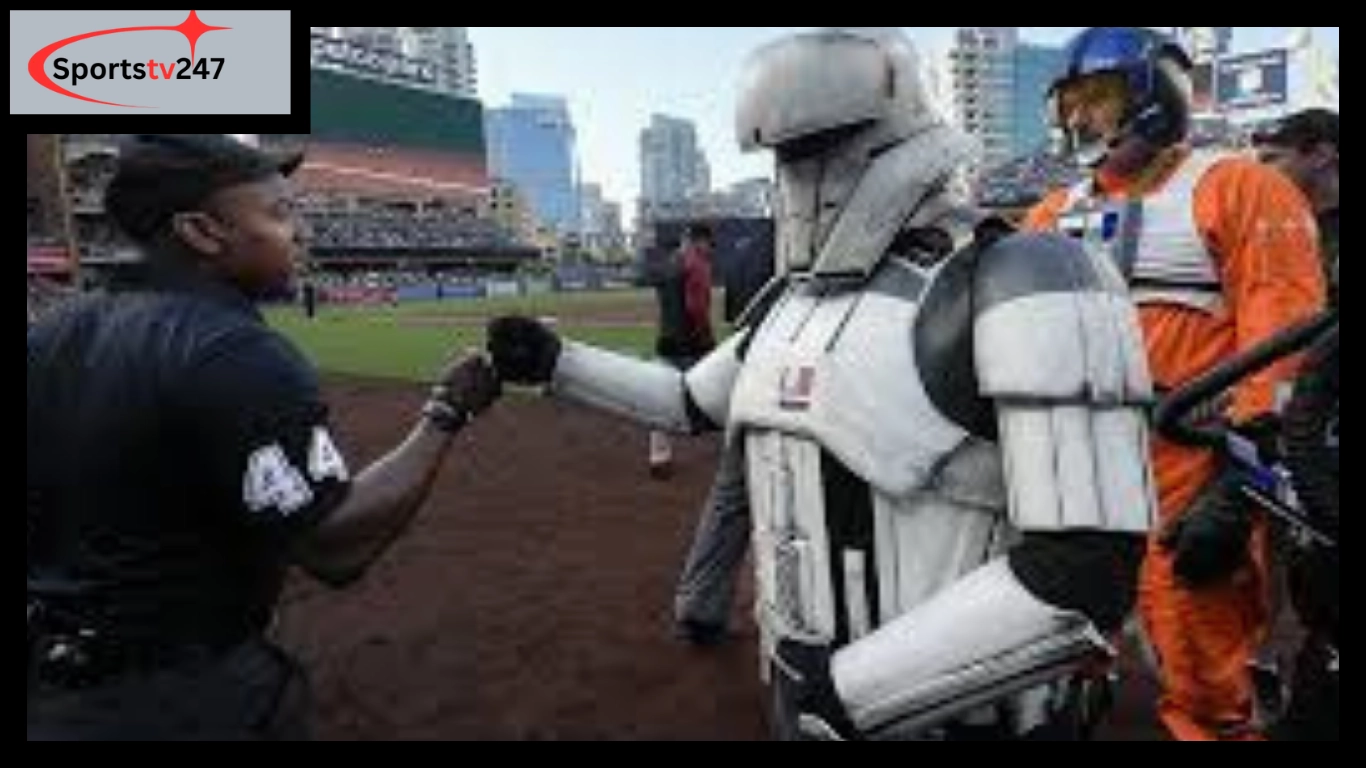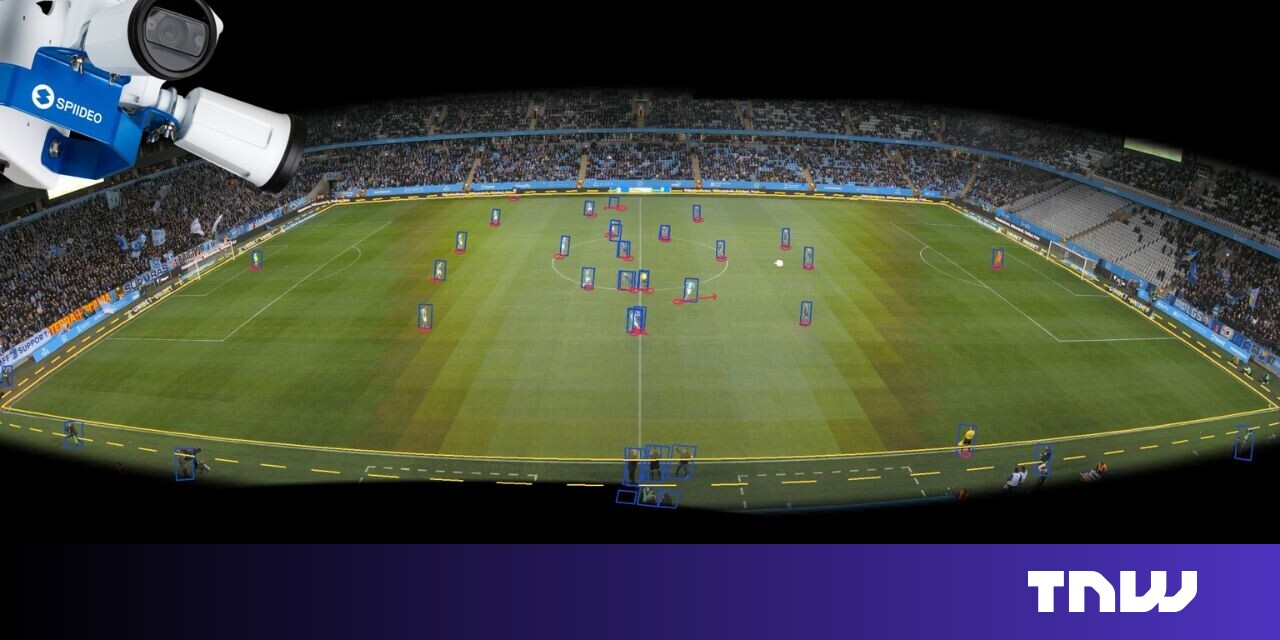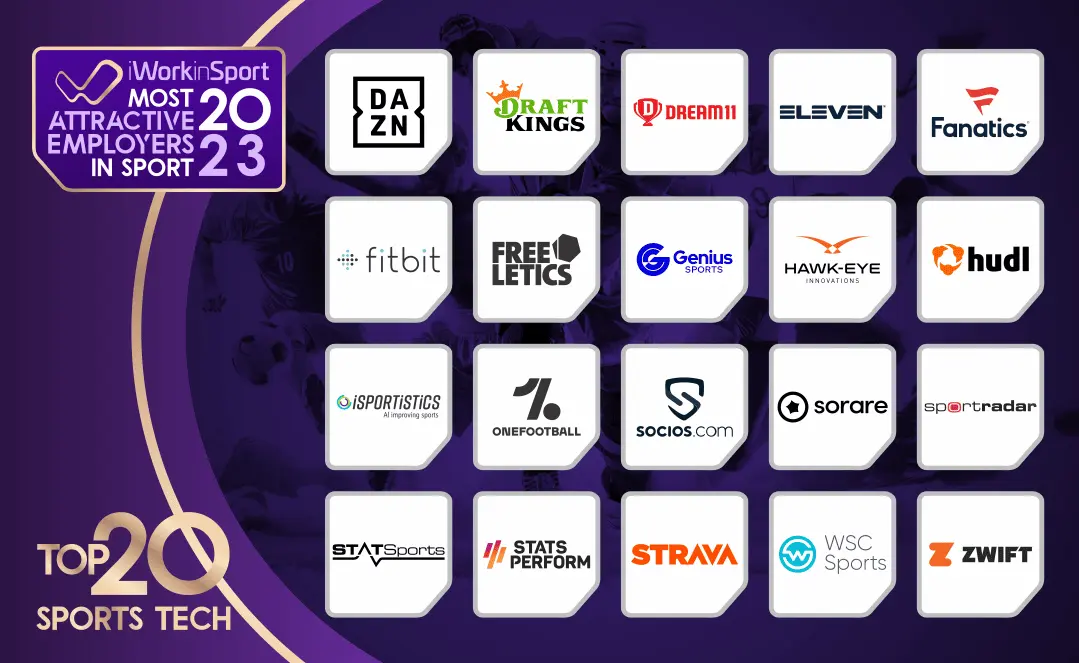The Rise of Robot Umpires: MLB’s Spring Training Experiment
Major League Baseball (MLB) is stepping into the future by announcing plans to test robot umpires during spring training at 13 stadiums across 19 teams. If successful, this technological innovation could become a permanent feature in regular-season games by 2026. This initiative has sparked a mixture of excitement, curiosity, and skepticism among fans, players, and officials. So, what does this bold step mean for baseball, and could it redefine America’s pastime?
What Are Robot Umpires?
Robot umpires, officially known as the Automated Ball-Strike System (ABS), use advanced cameras and artificial intelligence to determine balls and strikes with pinpoint accuracy. The system relays its decisions to the human umpire on the field through an earpiece, who then communicates the call to players and fans. This blending of technology and tradition aims to improve the accuracy of calls while keeping the human element intact.
The Purpose Behind the Move
MLB’s decision to test robot umpires stems from years of controversies surrounding missed or inconsistent calls during games. Fans often debate over strikes that seemed unfair, and players sometimes voice frustration at calls that could change the momentum of a game. With ABS, MLB hopes to:
1. Increase Accuracy: Robot umpires are designed to reduce human error, providing consistency in strike zones and minimizing disputes.
2. Enhance Fairness: Precise calls create a level playing field for all teams, leaving less room for subjective judgments.
3. Speed Up the Game: By making quick and clear decisions, the system may reduce game interruptions caused by arguments over calls.
The Spring Training Test Plan
The trial during spring training will allow MLB to test the system in real game scenarios while collecting valuable feedback from players, coaches, and umpires. With 13 stadiums and 19 teams participating, the league can gather a diverse set of data across different environments and game situations.
The ultimate goal is to evaluate how robot umpires integrate with the dynamics of the game. If the feedback and results are favorable, ABS could make its regular-season debut by 2026.
Pros of Robot Umpires in MLB
Unmatched Accuracy
The ABS system uses cutting-edge technology, ensuring every pitch is called fairly. This eliminates the subjective nature of human calls and provides consistent strike zones throughout a game or season.
2. Transparency
With a uniform system in place, players and fans will know that every call is based on data and precision rather than an umpire’s judgment.
3. Reduced Tensions
Robot umpires can diffuse heated moments between players and umpires, reducing on-field confrontations that often slow down games.
4. Adapting to Modern Times
As other sports like tennis and soccer adopt technology for officiating, baseball’s shift to ABS shows its willingness to innovate and keep up with changing times.
Cons and Concerns
1. Loss of Tradition
Baseball has a rich history steeped in tradition, and human umpires are a fundamental part of that narrative. Replacing or overshadowing their role may alienate purists who cherish the human element of the game.
2. Technical Failures
No system is foolproof. Malfunctions, software glitches, or miscommunication between ABS and human umpires could disrupt games and lead to controversies of a different kind.
3. Impact on Umpires
Although human umpires will still be on the field, relying heavily on technology might diminish their authority and experience. Over time, this could alter the role of umpires in professional baseball.
4. Adapting to Change
Players and coaches may face a learning curve in adjusting to ABS, especially if the strike zone differs slightly from what they’re accustomed to.
Fan Reactions: A Mixed Bag
The introduction of robot umpires has generated buzz among MLB fans. Many welcome the change, hoping for fairer and more accurate calls. Others, however, fear that it might take away from the spirit of the game.
Social media discussions often highlight the divide:
Pro-Tech Fans: “Finally! No more blown calls. Baseball is evolving for the better.”
Traditionalists: “Robot umpires? What’s next, robot players? Leave the game alone!”
MLB’s challenge lies in striking a balance between innovation and preserving the essence of the sport.
The Road Ahead
If the spring training trials go well, MLB could expand ABS testing to minor league games before implementing it in the major league. However, the league must address concerns and refine the system to ensure a smooth transition.
Robot umpires might also inspire other technological advancements in baseball, such as AI-driven analytics for coaches or virtual reality training for players. This shift could mark the beginning of a tech-centric era in the sport.
Conclusion
The introduction of robot umpires is a bold step by MLB, showcasing its commitment to improving the game while embracing modern technology. Whether ABS becomes a permanent fixture in baseball depends on its success during spring training and how well it resonates with players, fans, and officials.
While the debate over robot umpires continues, one thing is certain: baseball is evolving, and this experiment could redefine the way the game is played and enjoyed. As we wait for the results of this high-tech trial, fans can only wonder—will robot umpires become the norm, or will baseball stick to its human roots?




